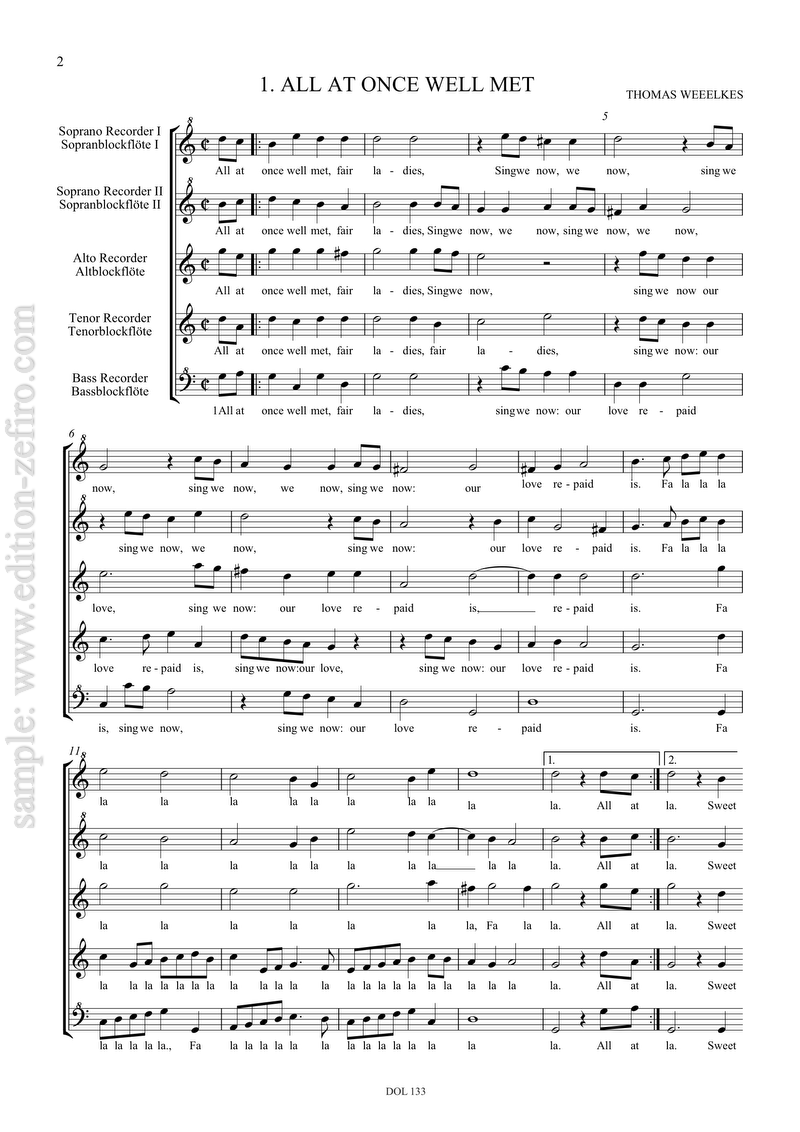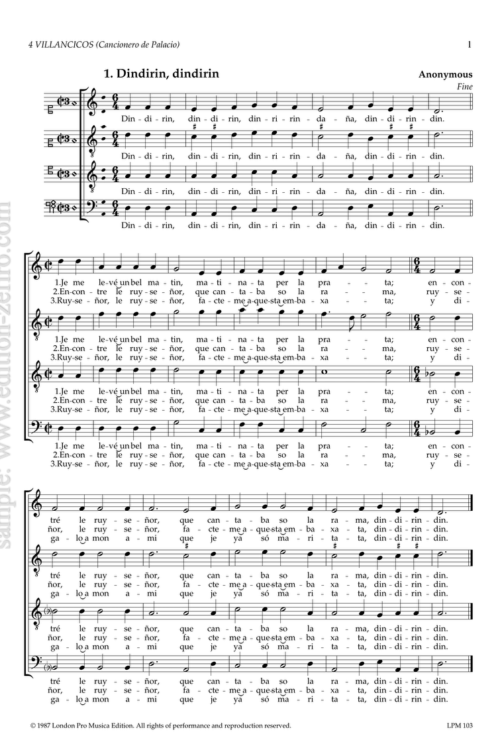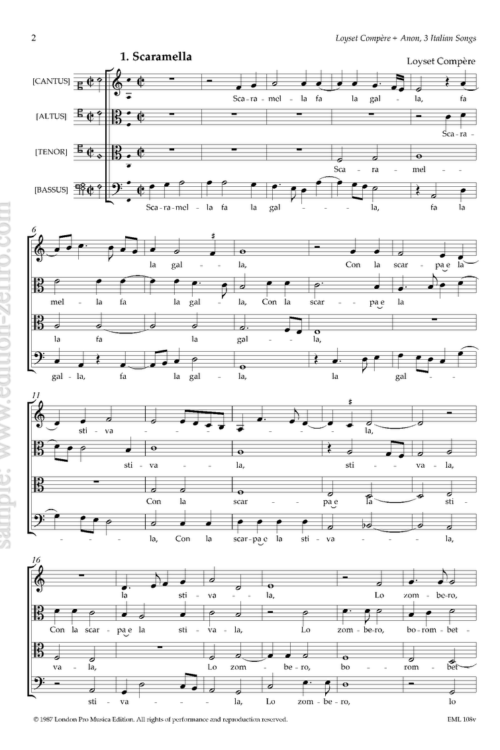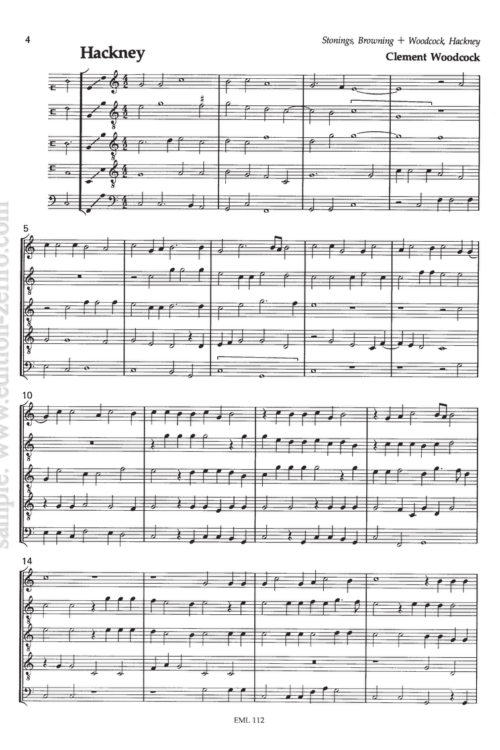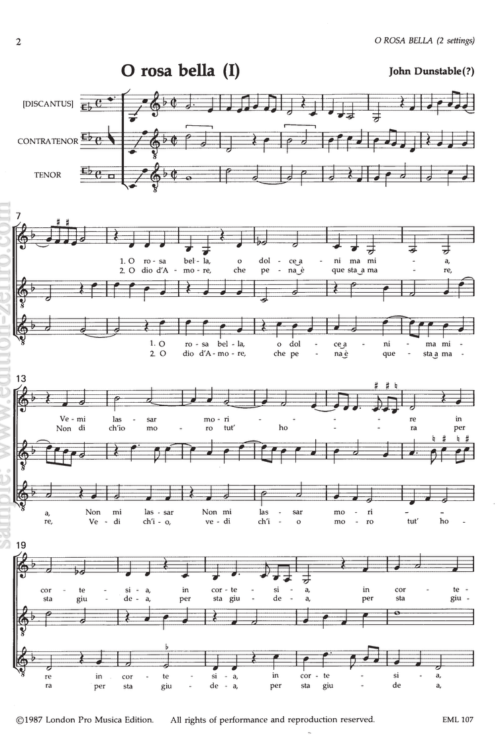An introduction to English 5-part madrigals, with pieces by Thomas Weelkes, John Wilbye, Thomas Morley, Michael East and John Ward.
Around 1000 English madrigals have survived, mostly published between 1590 and 1620. They were not intended exclusively for singers: many of the original title pages describe the music as “apt for voices and viols” . The particular choice of instrument was aimed at wealthy amateur musicians, who especially favoured viols at this time: this marketing decision on the part of the publisher should not inhibit us from playing this wonderful music on wind instruments.
The first English madrigals were actually regular Italian madrigals with English texts substituted: 5 books of such pieces were published in the 1590s, two edited by Morley, one by Thomas Watson, and a substantial two-volume anthology by Nicholas Yonge called Musica Transalpina. As one might reasonably expect, the first newly-composed madrigals were very Italianate in style, particularly those of Thomas Morley.
The advantage of playing texted music rather than pure “instrumental” music from the Renaissance is that the words tell us how to phrase the music, and which notes are strong, which weak. Many English-speakers are at a disadvantage when playing Italian or French music through inadequate knowledge of the relevant languages, but with English madrigals there is no excuse for ignoring the words!
(Bernard Thomas)
- All At Once We Met (Thomas Weelkes)
- Say, Dainty Dames (Thomas Weelkes)
- Lady, Your Words Do Spite Me (John Wilbye)
- Lo, Where With Flowery Head (Thomas Morley)
- Lady, You Think You Spite Me (Thomas Morley)
- O Grief, Ev’n On The Bud (Thomas Morley)
- Shoot, False Love, I Care Not (Thomas Morley)
- O Metaphysical Tobacco (Michael East)
- Phyllis The Bright (John Ward)


